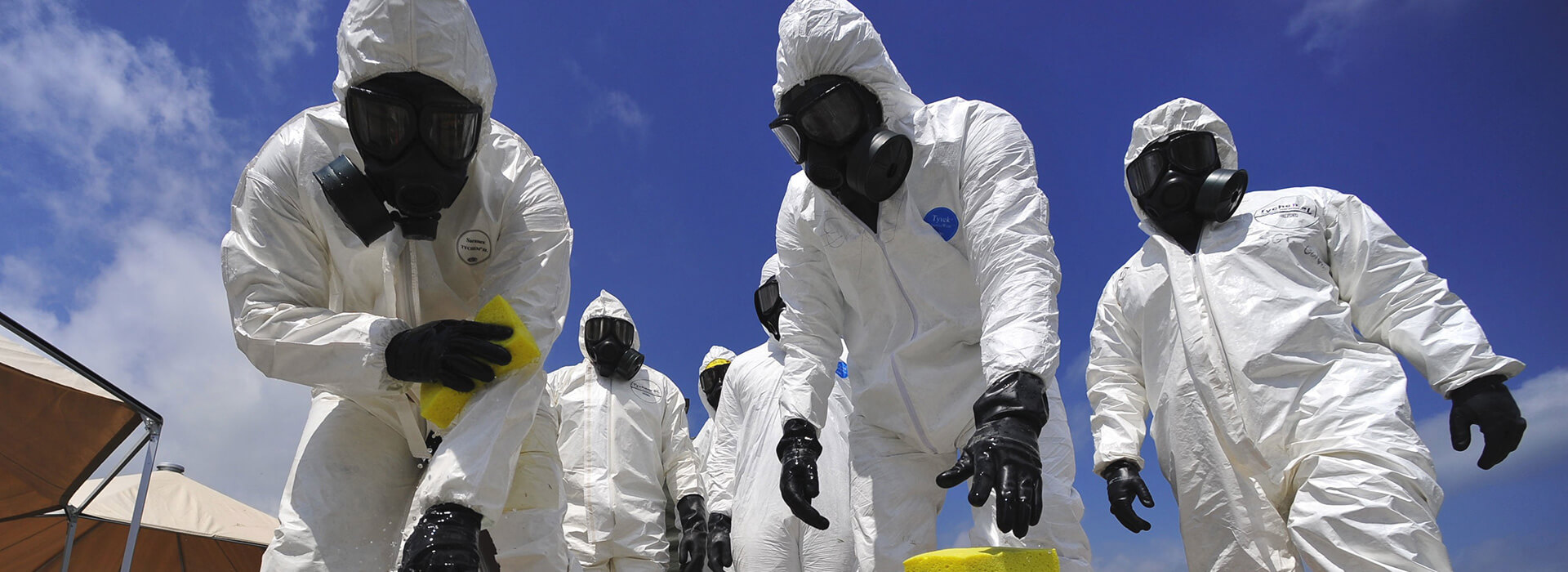

The future of nonwovens is going to be more and more impressive. The nonwoven industry is driven by high-speed, low-cost, innovative and value-added processes, and today offers a wide range of engineering fiber and polymer-based products. Nonwoven (non-woven) fabrics represent the textile world of the future.

Today, two basic methods are used in the production of non-woven fabrics: meltblown and spunbond. Meltblown fabric is produced by layering thin layers and then applying heat, moisture and pressure to squeeze the fibers between thick layers that will not bend or wear out. In the spunbond fabric production process, the fibers are rotated on a conveyor belt, the adhesives are sprayed onto the fibers and then pressed to adhere them.
When looking at the environment today, a nonwoven fabric product is seen. Nonwoven fabrics are involved in a wide range of production processes, including medical, clothing, automotive, filtration, geotextiles and protective equipment. The nonwoven sector is getting richer and this helps businesses to develop. The nonwoven industry, which has been growing almost uninterrupted in the last fifty years, is in the global textile world It has a higher profit margin than any other textile product. China has a share of about 35 percent in the nonwoven fabric market. This is followed by Europe with a share of approximately 25 percent.
Spunbond fabric is completely obtained from polypropylene material. Polypropylene is melted at high temperature and networked, then thermally bonded together. Businesses produce multi-layered spunbond fabrics to make fabrics with better physical properties and more homogeneous fiber distribution on the surface. Multi-layer spunbond products provide high homogeneity and tensile strength advantages for the sectors where they are needed.
Spunpond fabric has also been used in the production of protective gloves, which are among the medical protective equipment. The requirements and test methods that protective gloves must meet are included in the EN 420 standard, a European standard. Later, this standard was canceled and replaced by the ISO 21420 standard by the International Standards Organization (ISO). In our country, this standard has been published by the Turkish Standards Institute (TSE) with the following title: TS EN ISO 21420 Protective gloves - General conditions and test methods.
Protective gloves made of spunbond fabric as well as protective gloves produced with traditional materials are tested within the framework of this standard by advanced laboratories.
Our organization, among numerous testing, measurement, analysis and evaluation studies, with its trained and expert staff and advanced technological equipment, within the framework of national and international standards, to health institutions and manufacturers who demand spunbond fabric testing services, in accordance with ISO 21420 standard, protective gloves provides testing services.
To get an appointment, to get more detailed information or to request an evaluation, you can ask us to fill in our form and reach you.